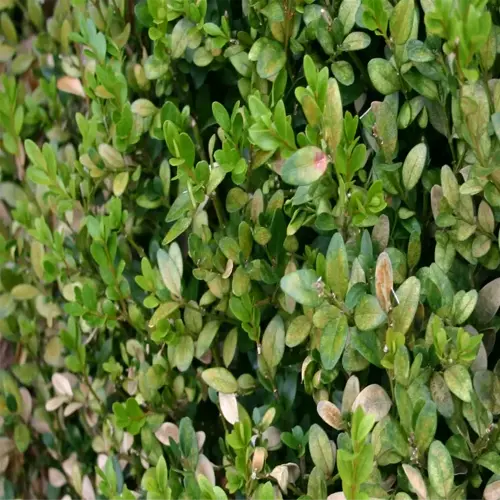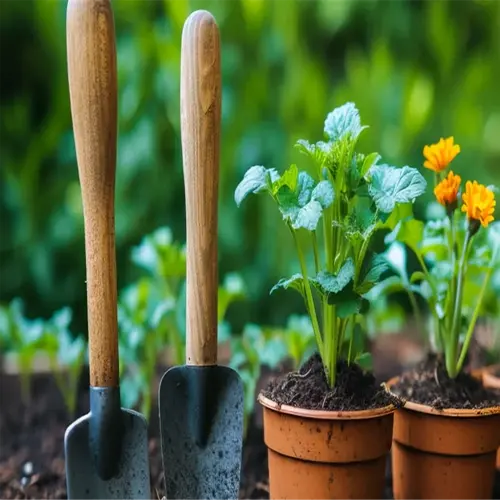What mistakes do beginners make with spacing?

Written by
Nguyen Minh
Reviewed by
Prof. Samuel Fitzgerald, Ph.D.Spacing mistakes can undermine even the best-considered square-foot gardens. Everyone gets caught off guard by the sprawling effects of plants and spacing. While a client's zucchini produce shaded a whole grid, it meant other pinnate plant (basil) was stunted. Following spacing information exactly is important - to maintain space in a square is much more effective than to jam more plants into a square. For example, planting 1 tomato will need 12x12 inches, while you can produce 16 carrots. If you overcrowd, it will cause mold and starve roots.
Overcrowding Temptation
- Tomato seedlings look sparse at planting, resist adding extras
- Radishes sown too thickly fork and stunt
- Use seed tape for exact spacing in carrot squares
Tool Misuse
- Hand-pulling seedlings damages neighboring roots
- Thinning scissors snip cleanly at soil level
- Label grids with paint pens to avoid accidental replanting
Root Space Misjudgment
- Bush beans need 9 per square, not 16
- Pepper roots require 8-inch depth minimum
- Interplant shallow radishes with deep okra
Precision tools help avert disaster and crop failure, more importantly. I provide clients with seed spacer templates that are laser cut from acrylic sheets and guarantee absolutely precise spacing. For example, for plant spacing for carrots, I have a 1-inch hole template that allows you to drop seeds in perfect spacing. You would then cut thin to one single seedling per hole two inches in height with your surgical scissors. Demonstrating this last spring added 100% yield for the end client.
Soil properties regulate plant spacing, probably more than foliage. For instance, bush beans expand horizontally 8 inches down in the soil, crowded out below the existing foliage limiting nutrient availability. You may want to test your soil for compaction by pushing a ¾ or 1-inch dowel through the soil. If you have soil resistance starting around 4 inches deep you will want to increase your spacing by 20% for planting root crops.
Read the full article: Ultimate Square Foot Gardening Guide: Maximize Your Harvest

